Samsung announced the flagship devices for 2016, the Samsung Galaxy S7 and S7 Edge at the Mobile World Congress 016 in Barcelona. The phones were announced in India soon after that. One of the improved aspect in the S7 and S7 Edge is the camera. Instead of the 16MP sensor on S6, Samsung is using a lower 12MP camera. But at the same time, it makes use of large 1.4µm pixels with an aperture of f/1.7.
There is also the new “Dual Pixel” feature available on DSLRs and on top of it there is Optical Image Stabilization (OIS) and Phase Detection Auto Focus (PDAF). Samsung has used a single LED flash along with front 5MP camera with f/1.7 lens. Let’s have a detailed look into the camera on the S7 Edge.
Camera Interface:
The Samsung Galaxy S7/ Edge comes with a similar interface from last year and the typical Samsung interface. It comes with a pretty good UI which is neatly arranged. There are quick toggles for effects, HDR, timer, flash, picture size and settings on the left side. While on the right side you have the shooting options, toggle to switch to front camera and the modes.
The settings menu allows you to change the aspect ratio, video resolution and more. Clicking the mode button shows you a plethora of modes available which includes Auto, Pro, Selective focus, Panorama, Video Collage, slow motion, Food, Hyperlapse among others. You can also download additional modes from the Samsung store. The Pro mode allows you to control the ISO, exposure etc.
Now let’s have a look at the samples taken with the device in various light conditions.
In the bright daylight, the Samsung Galaxy S7 takes excellent shots. The images are sharp, punchy and offer tons of detailing even when you zoom in. But with bright sunlight, at times, the exposure of the photos were slightly out of place. The interface is pretty quick in capturing photos and PDAF works well. When we turned on the HDR, again the samples came out well.
Here are the samples taken in daylight.
Now coming to the close-up shots, this is one area where the S7 Edge excels. There is plenty of details in the close up photos and the bokeh effects make it even better. Here again, the colors are punchy and sharpness levels are really good.
Here are the close-up shots.
Now let’s have a look at the low light photos which is one of the most important aspects as it has OIS. The lens and sensor bring in plenty of light for low light images and they have come quite good with software processing. The OIS works very well. With Lumia cameras, we could see that the low light samples were over brightened, which is missing on the S7 camera and this is good.
Now if you look at the extremely low light shots, you could see some softening in the photos to reduce the noise levels.
Here are the low light samples.
Video Samples:
Samsung Galaxy S7 / Edge offers plenty of video shooting modes, 4k UHD, standard Full HD, slow motion at 720P, hyper lapse etc. The video samples were quite good and were smooth with OIS. Overall, the video quality is pretty good. Here are some of the samples taken with the phone.
Front Camera:
The phone comes with a 5MP front camera for selfies and video calls. The front camera can also shoot QHD and Full HD video samples. The front camera photo quality was just average and the photos were blurry at times. Here are some of the samples taken.
Verdict:
Having used the Samsung Galaxy S7 Edge for almost weeks or so, we can say it is one of the best cameras available on a smartphone. Having tested the iPhone 6S Plus and Huawei Nexus 6P, we would say that Samsung Galaxy S7 has the Edge over these phones in the overall quality, but we need to wait and see how the LG G5 performs to decide the best camera smartphone of 2016.

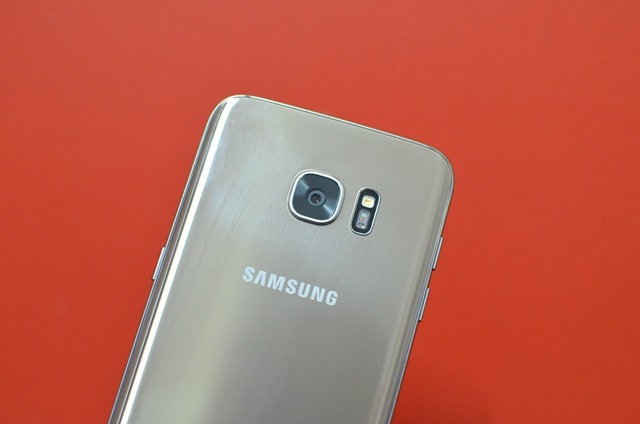
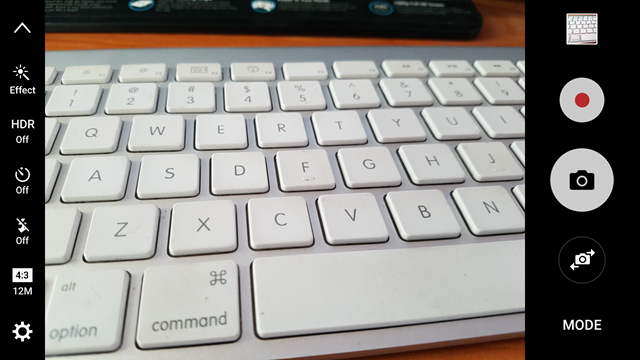
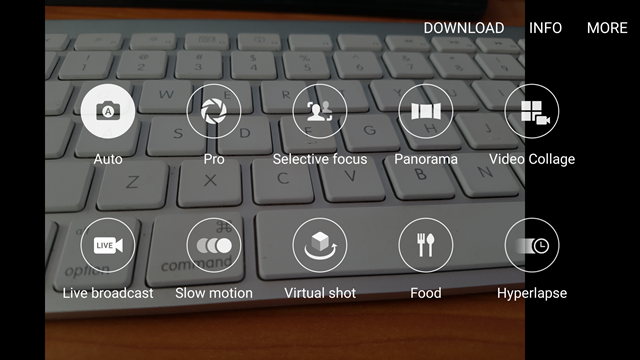
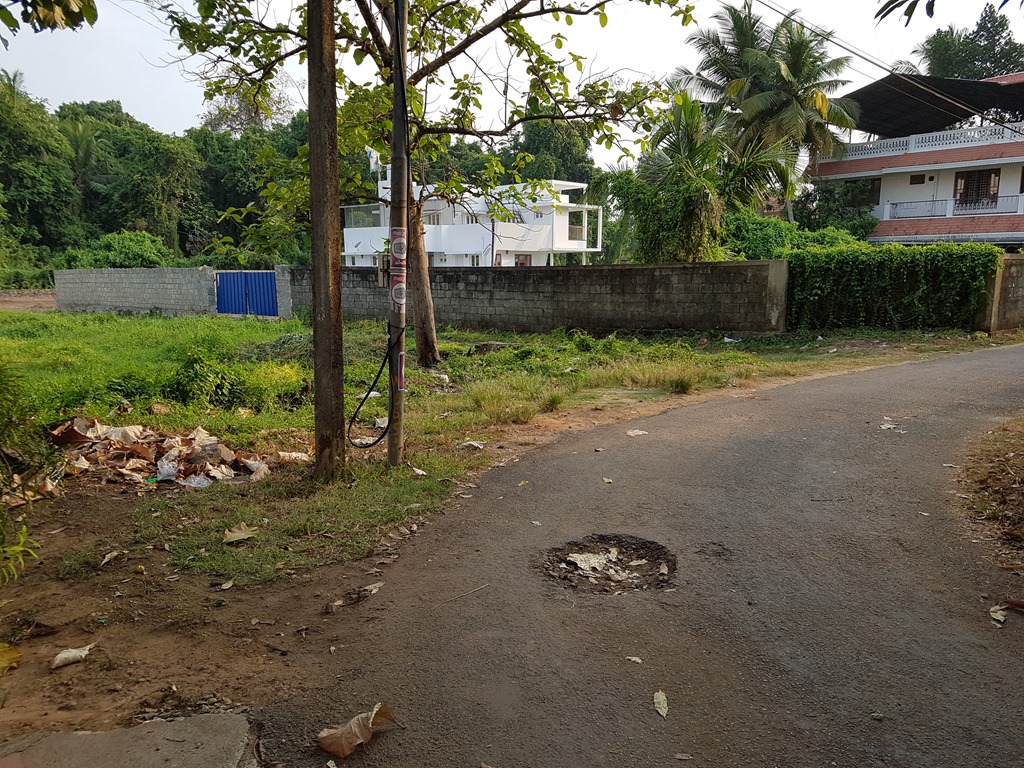
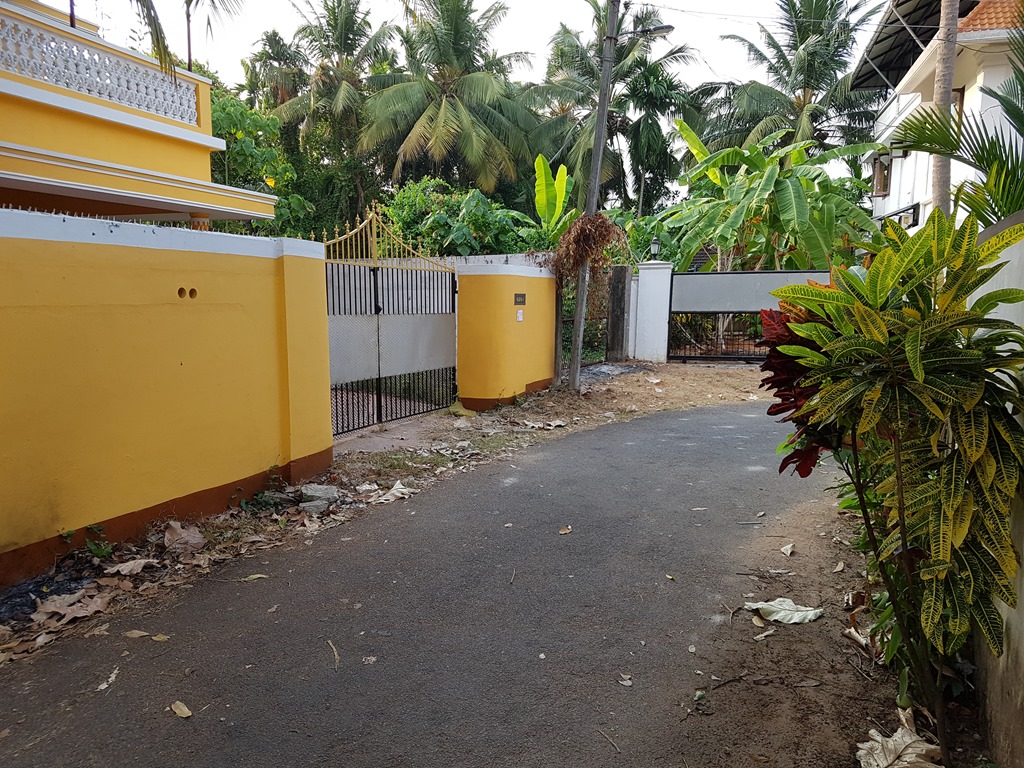
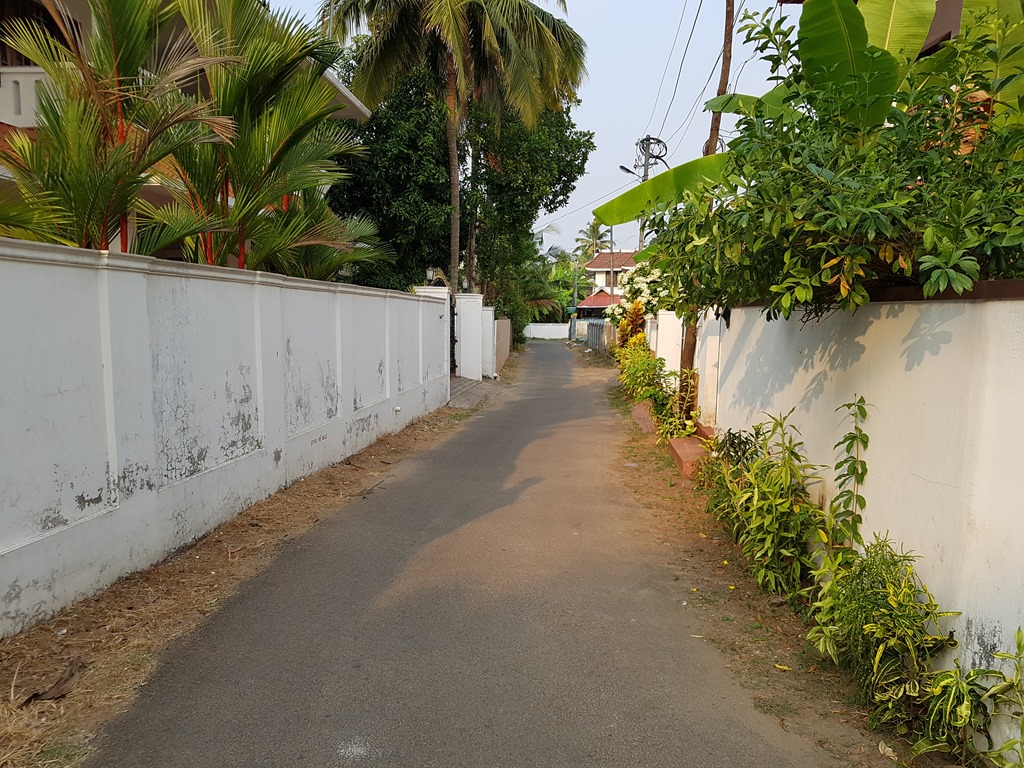
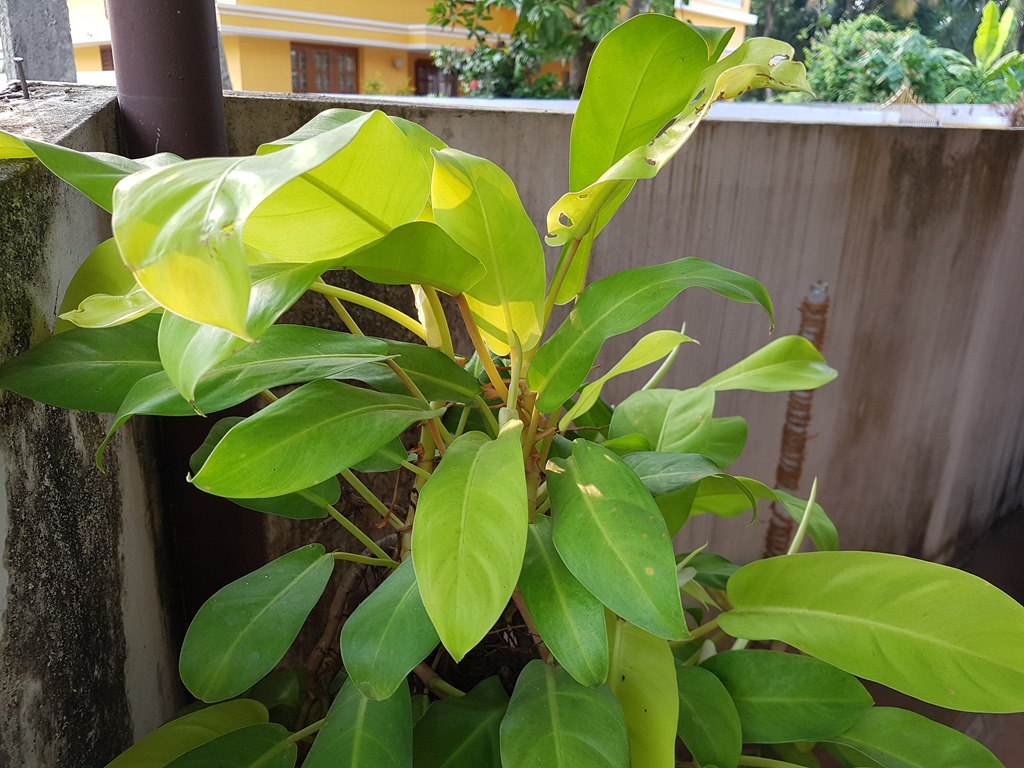
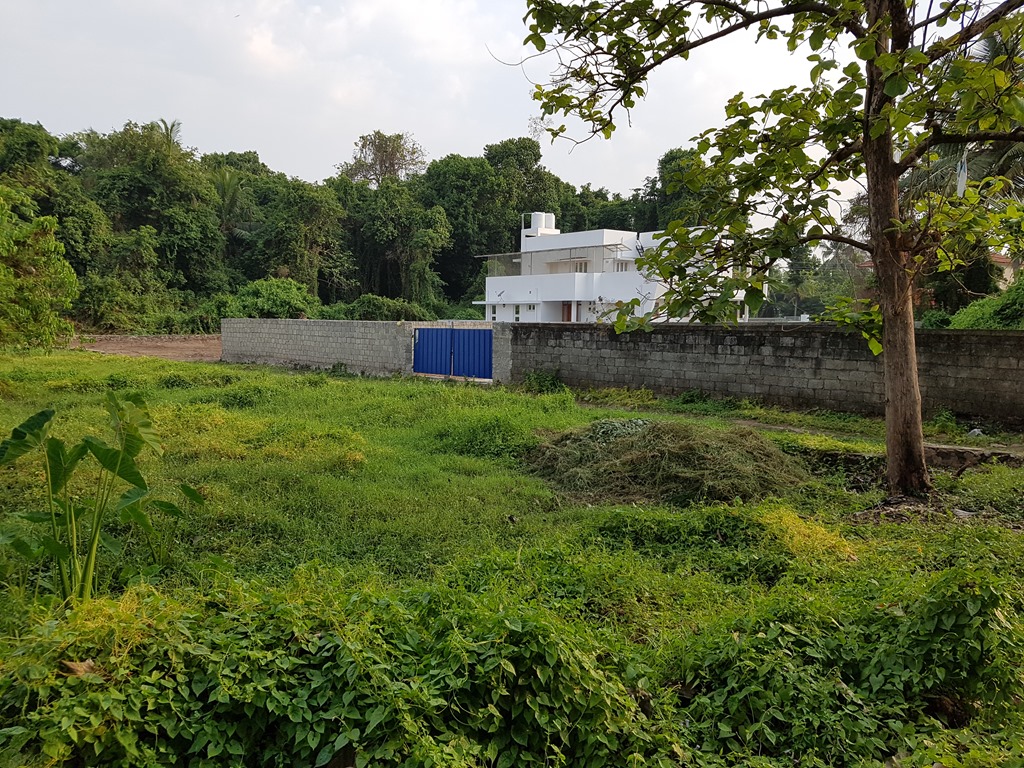
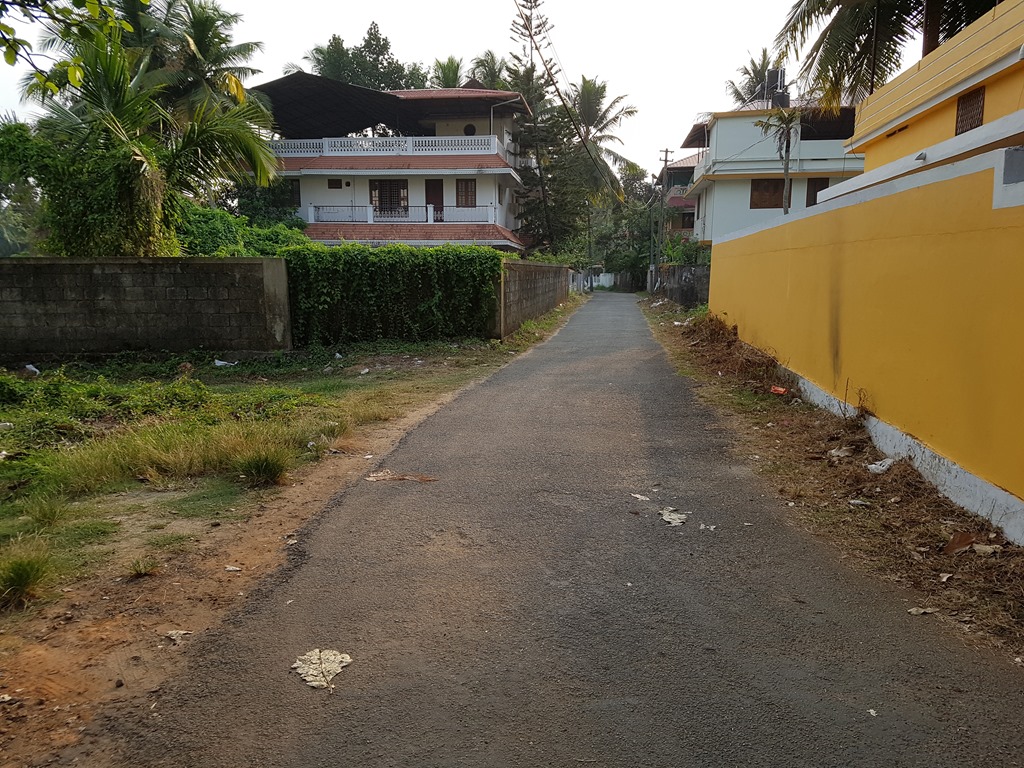
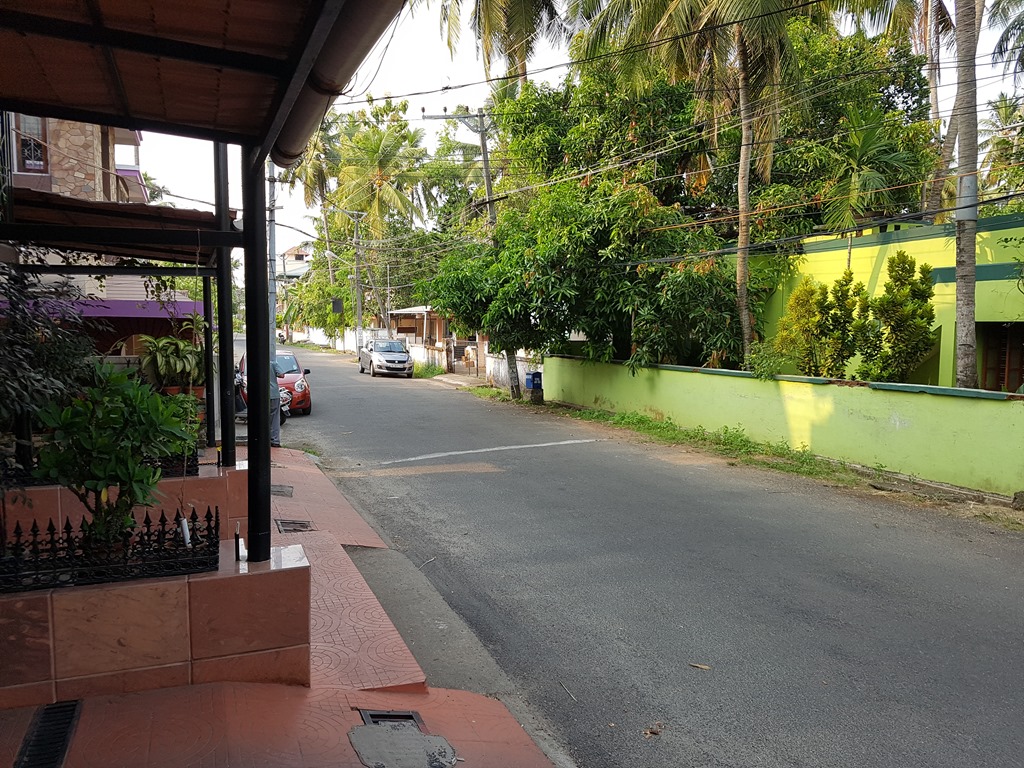
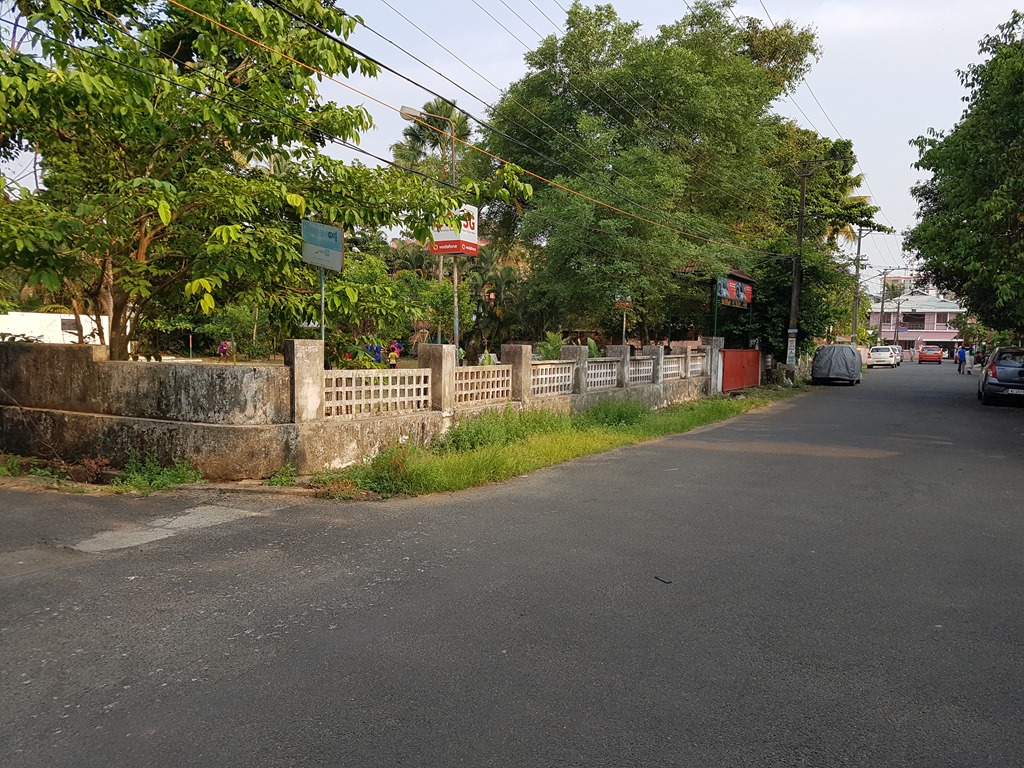
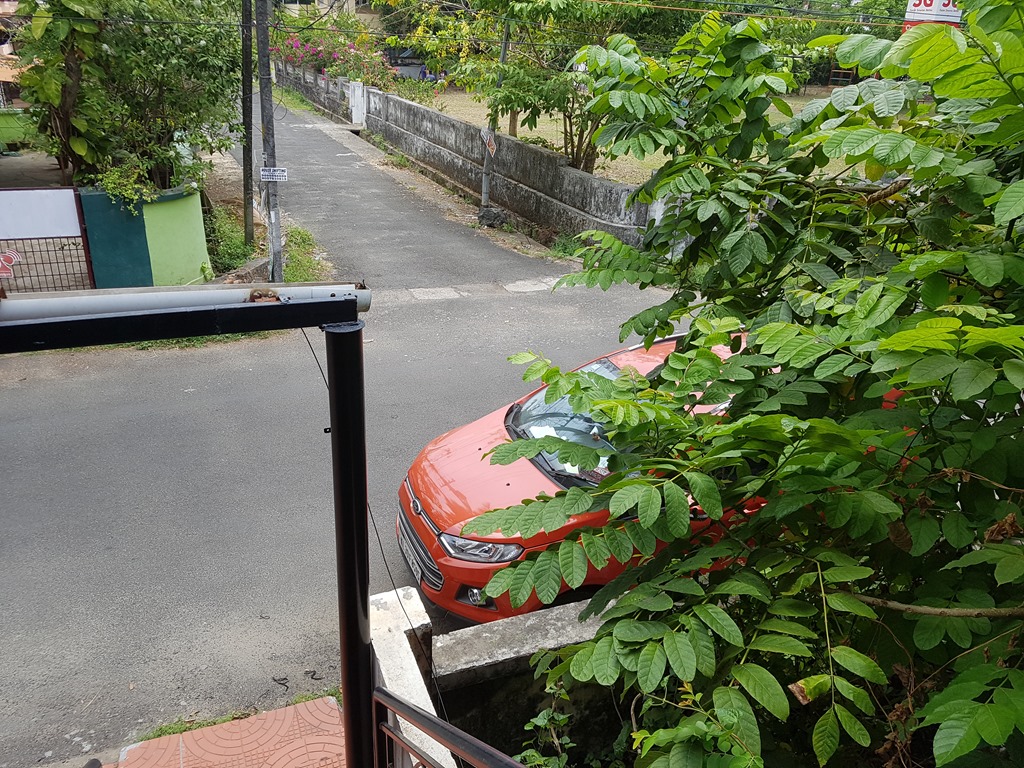
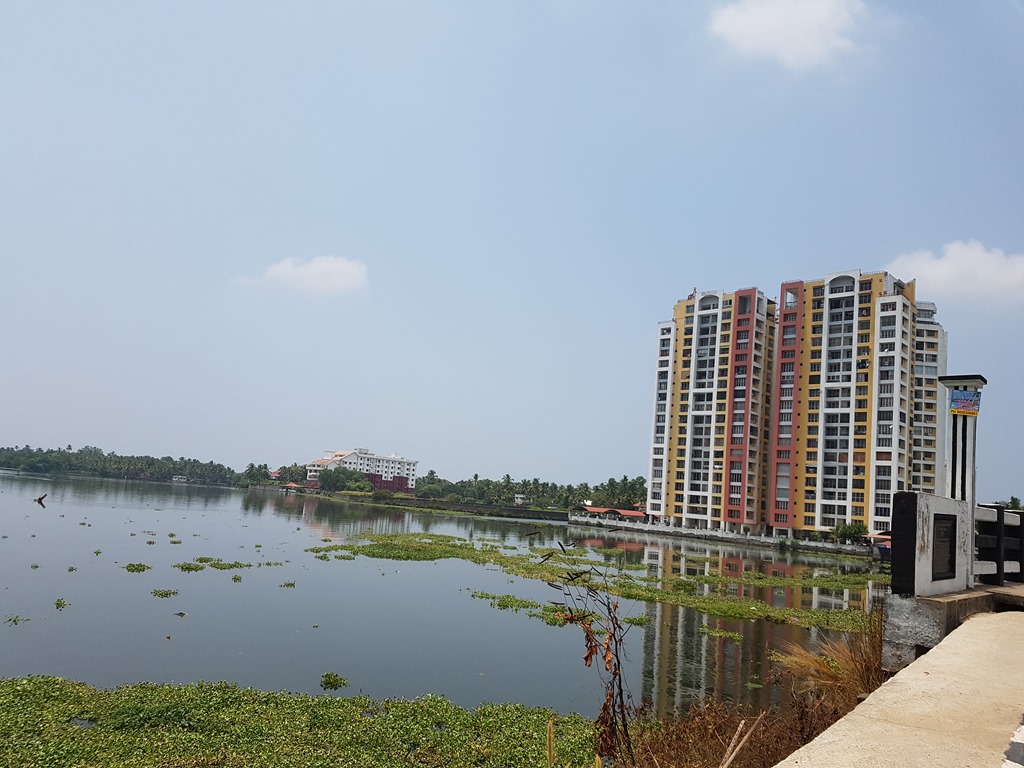
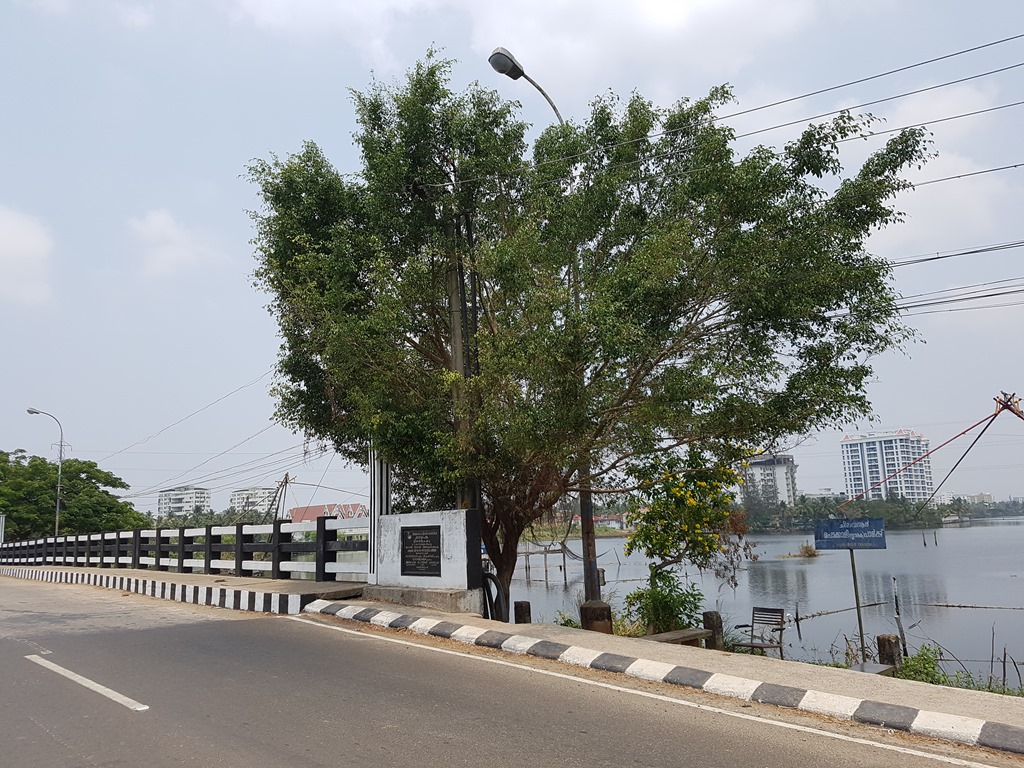
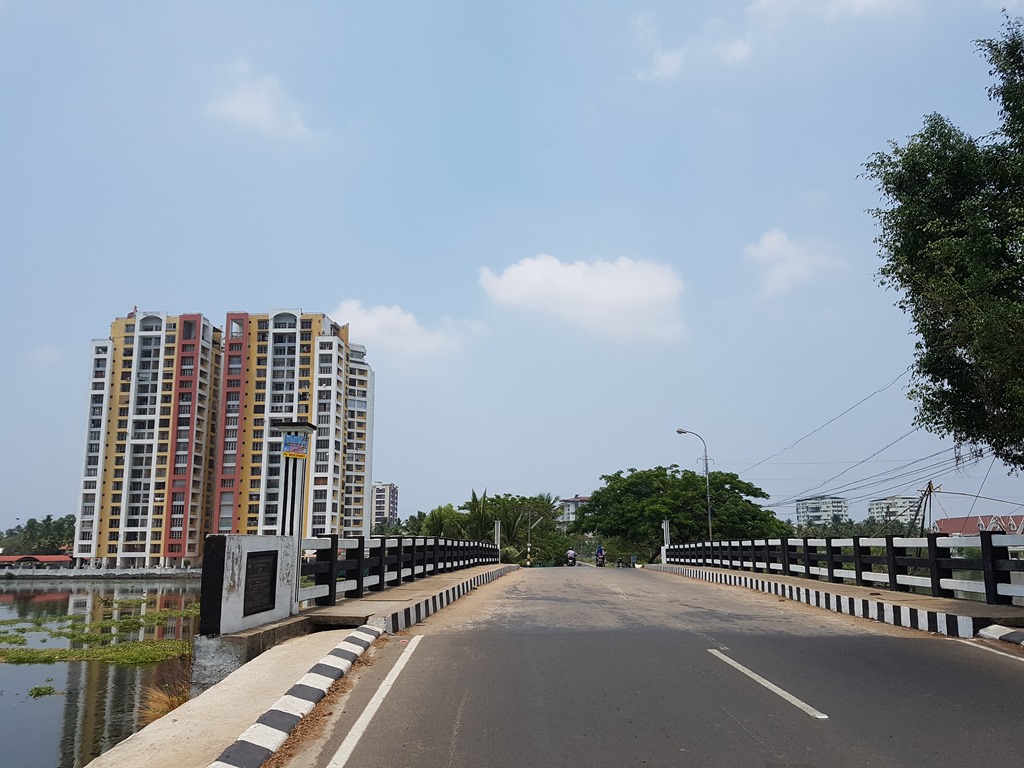
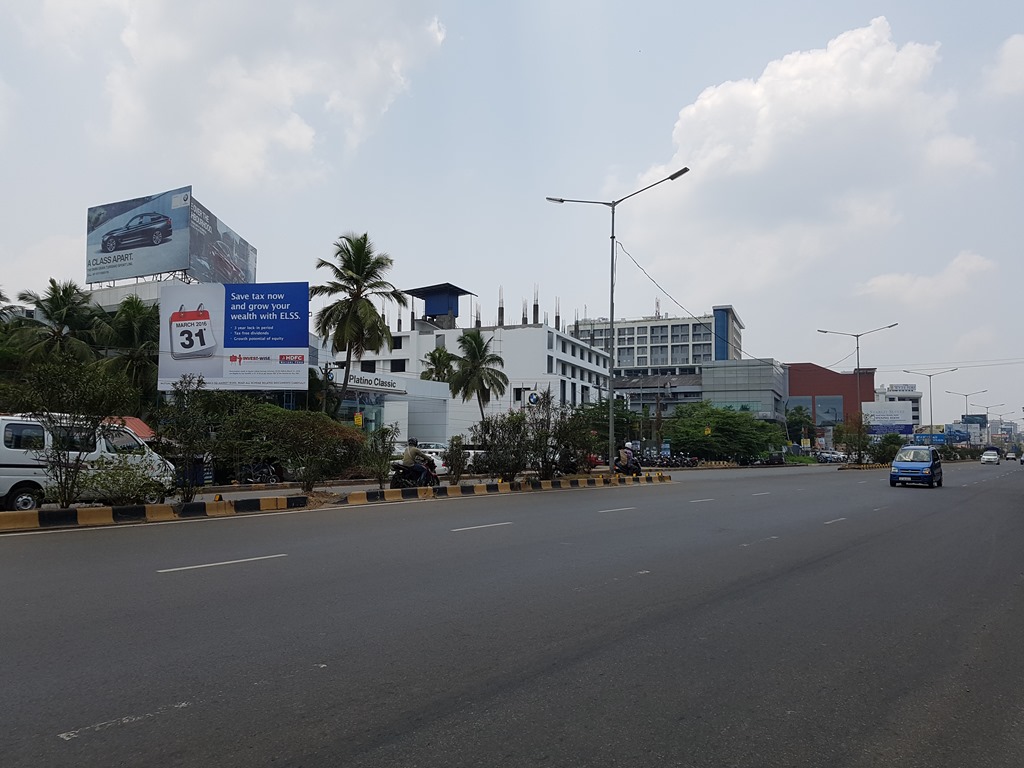
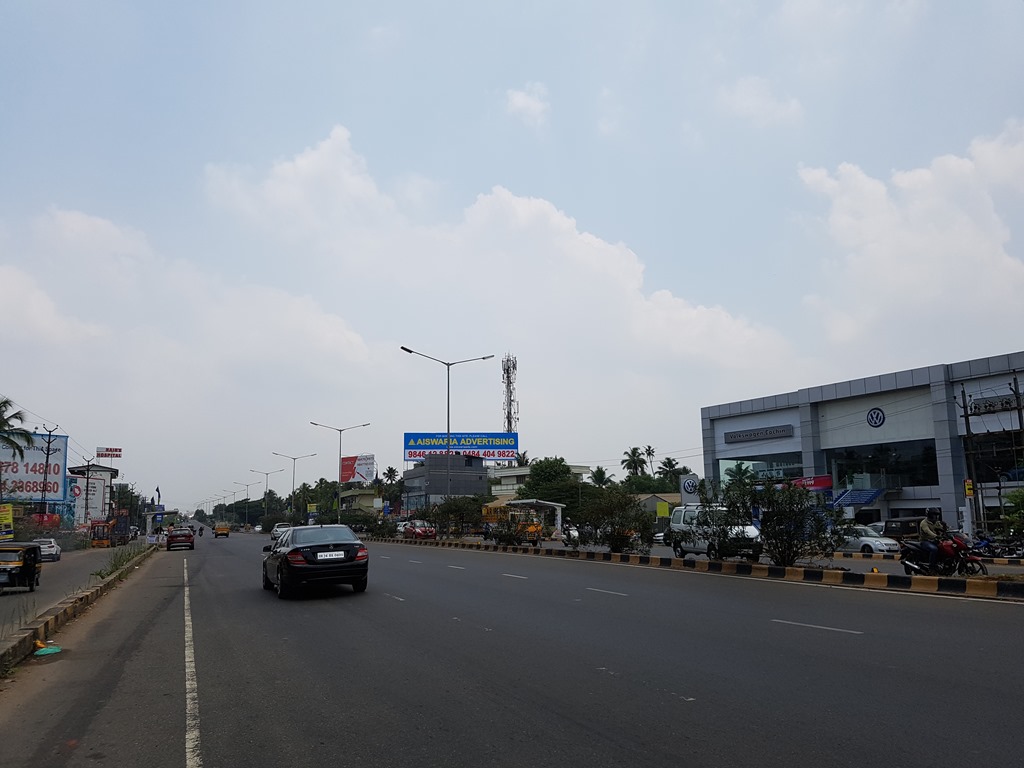
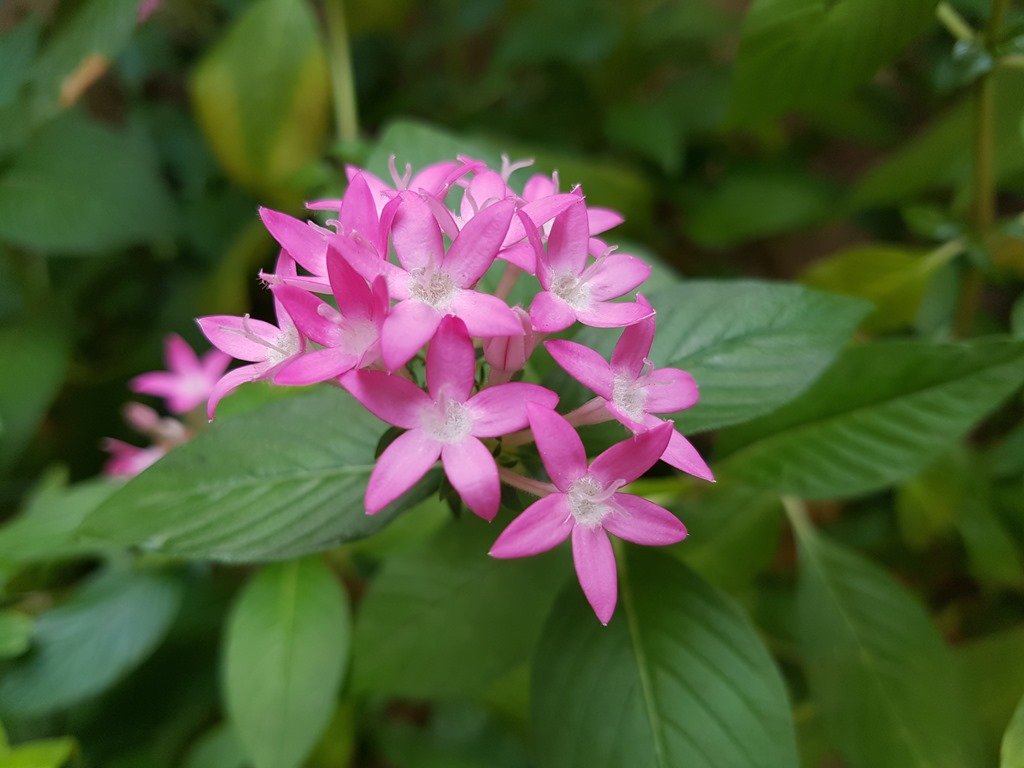
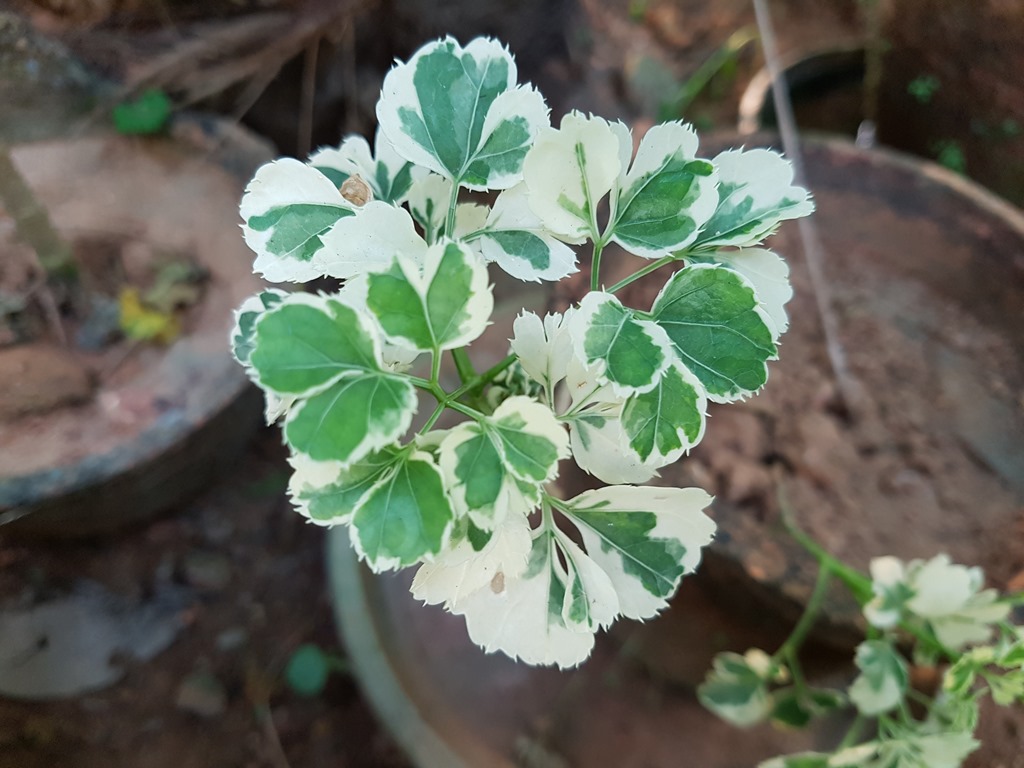
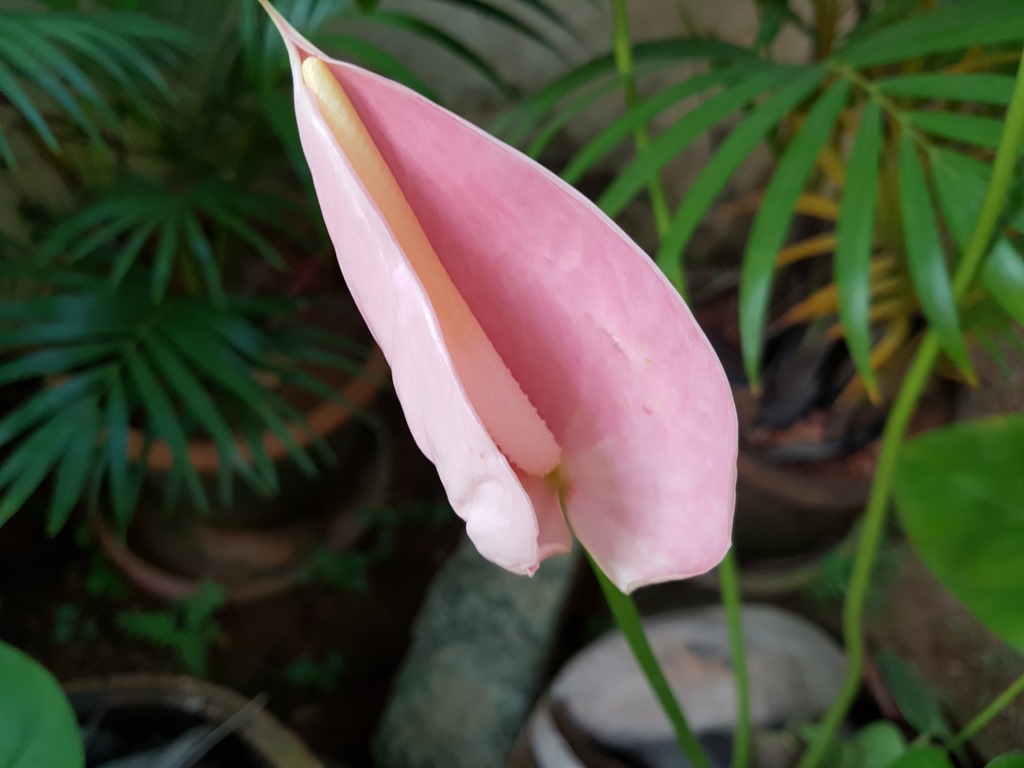
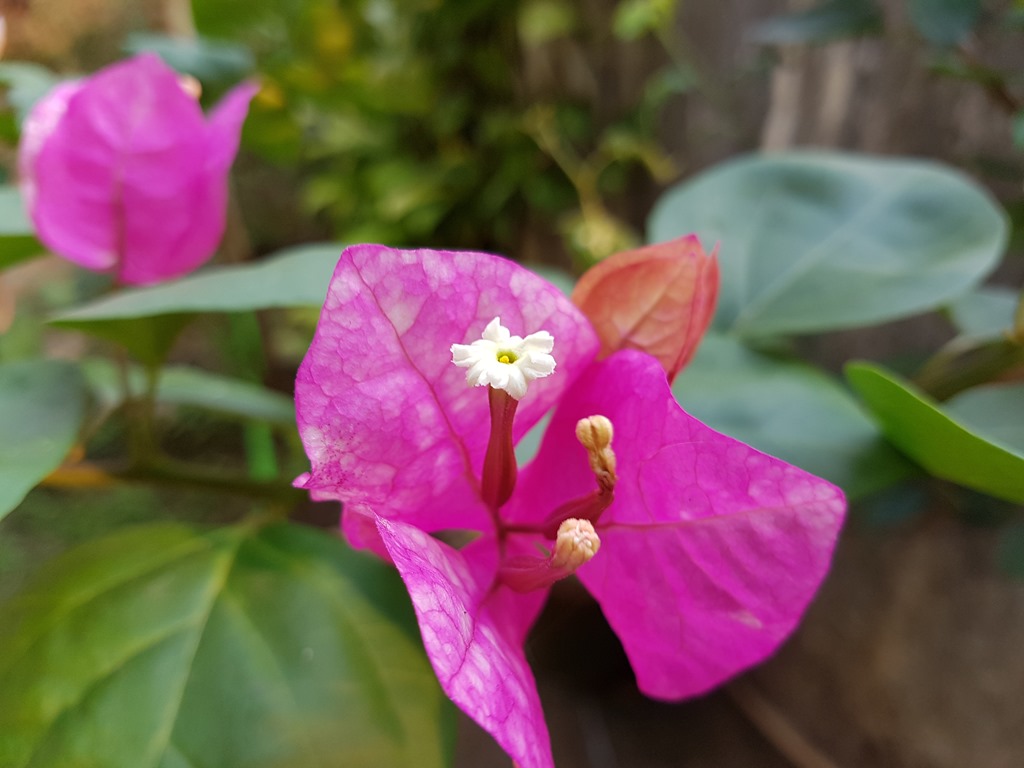

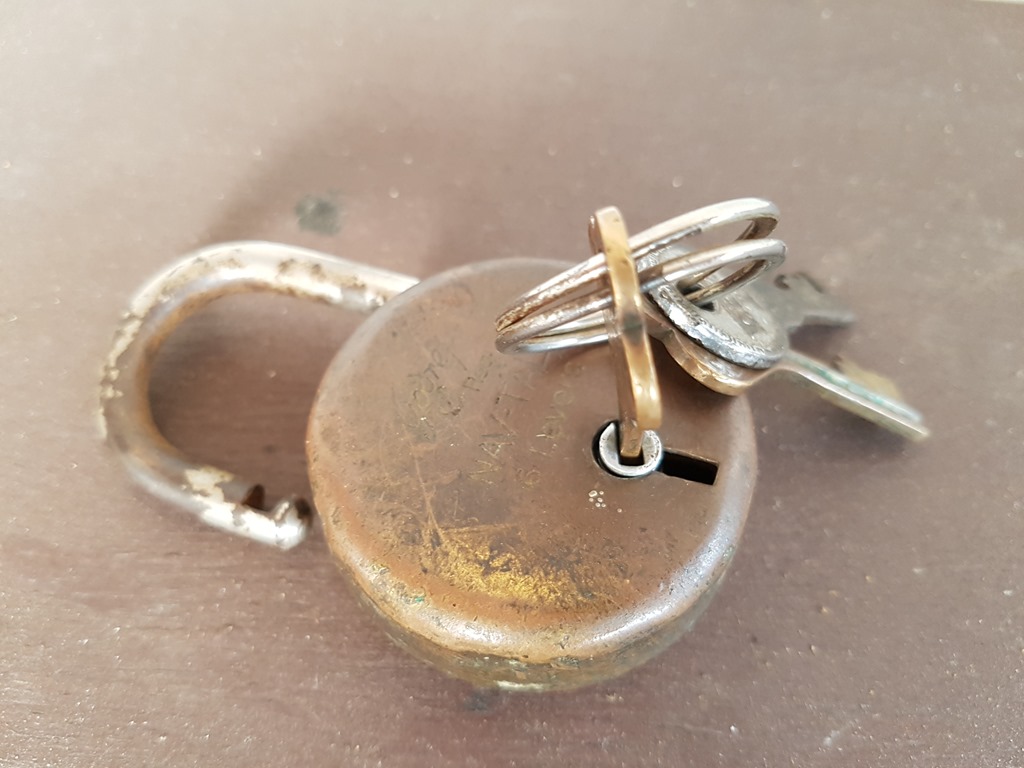

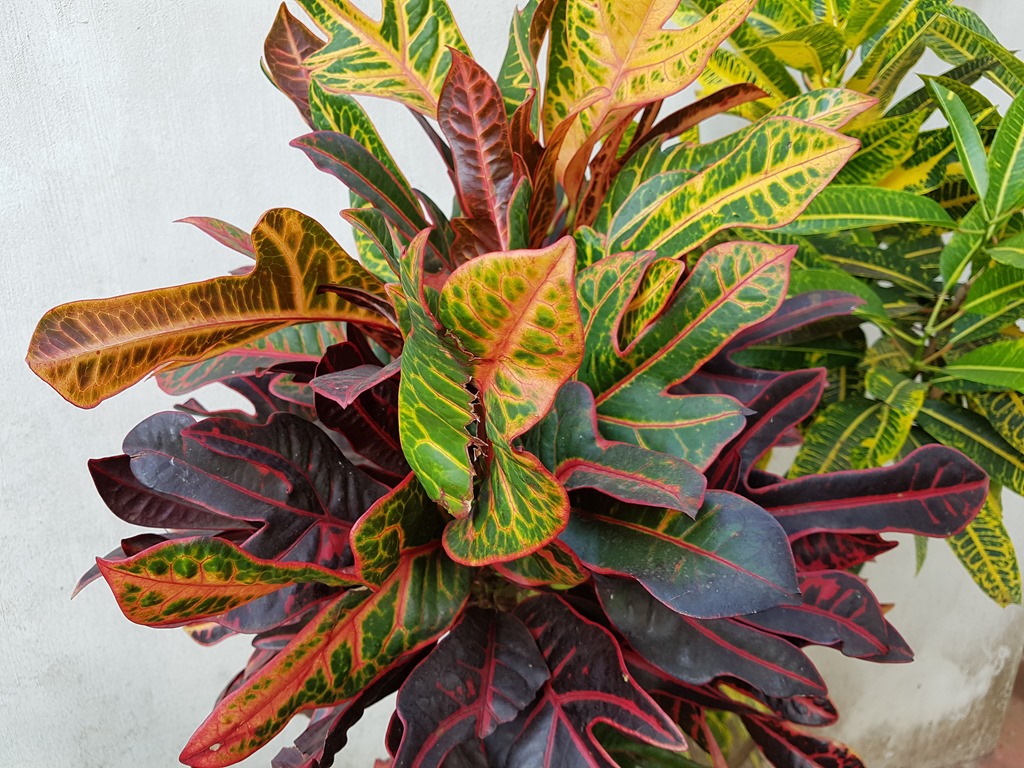
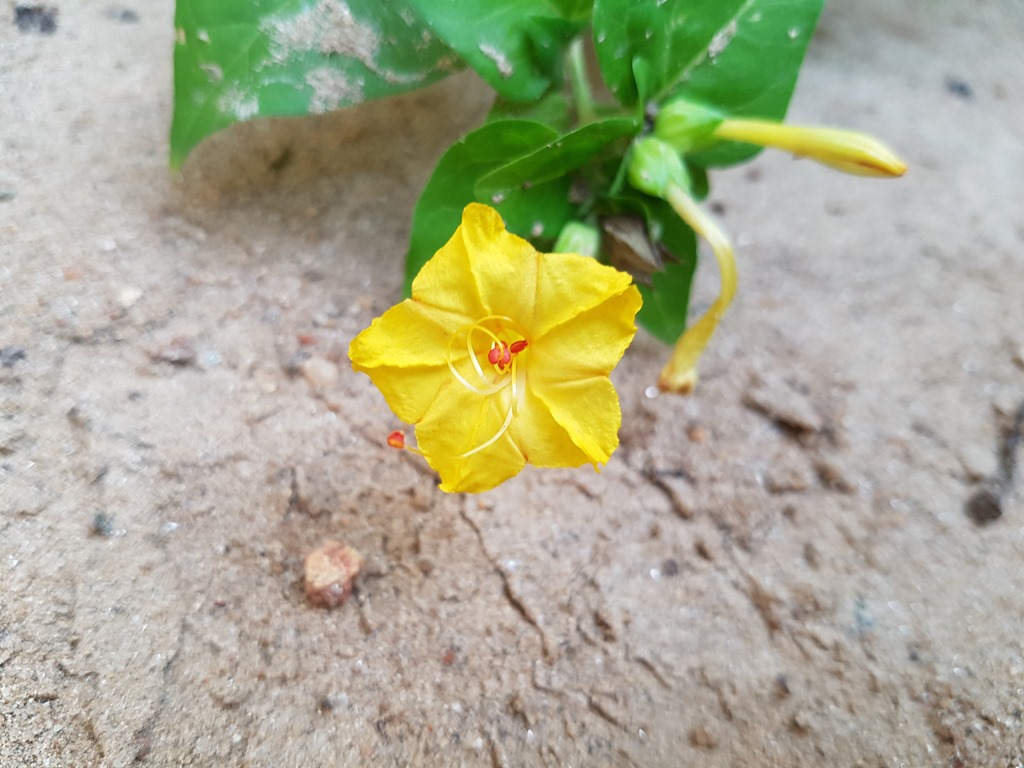
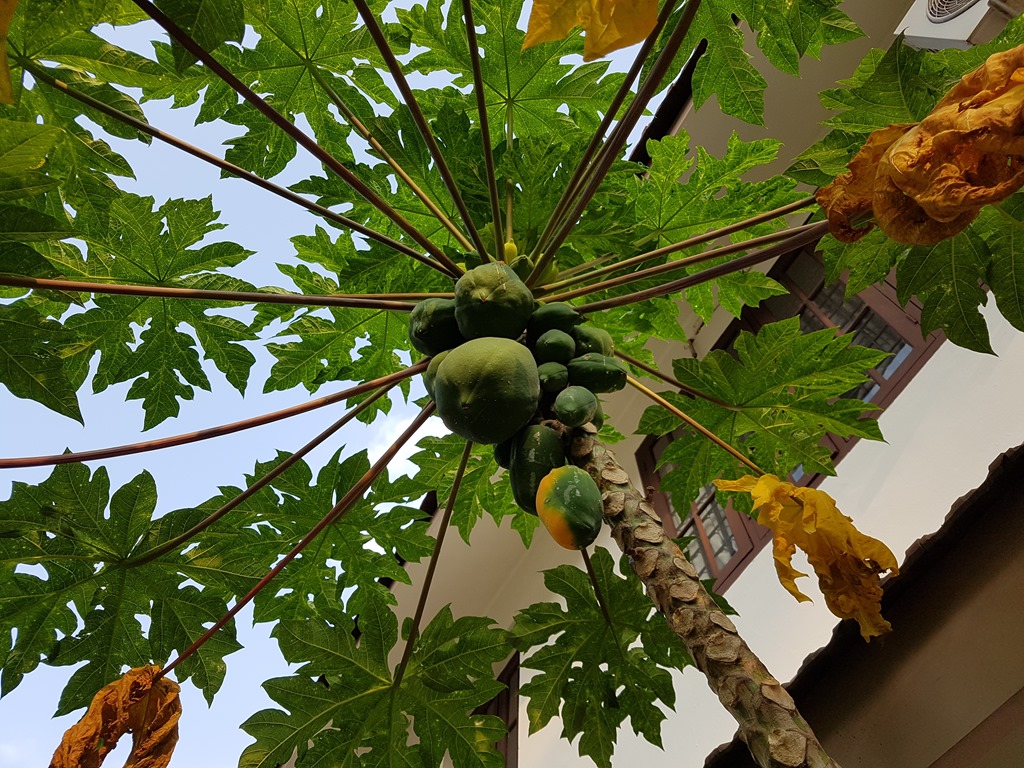
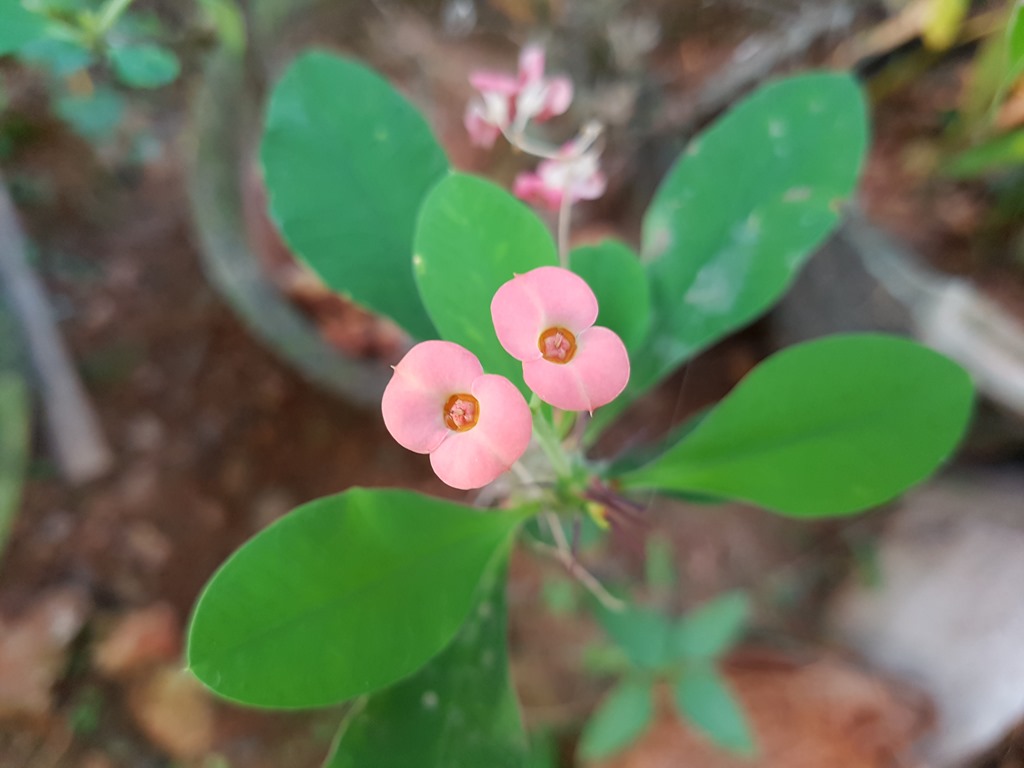

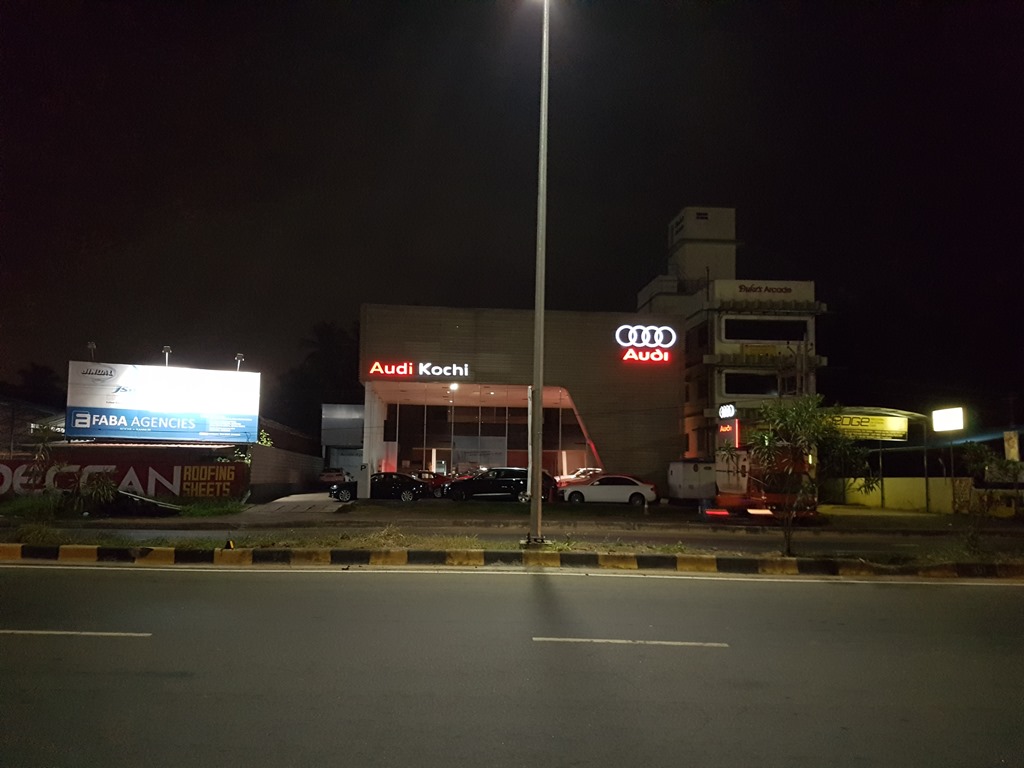
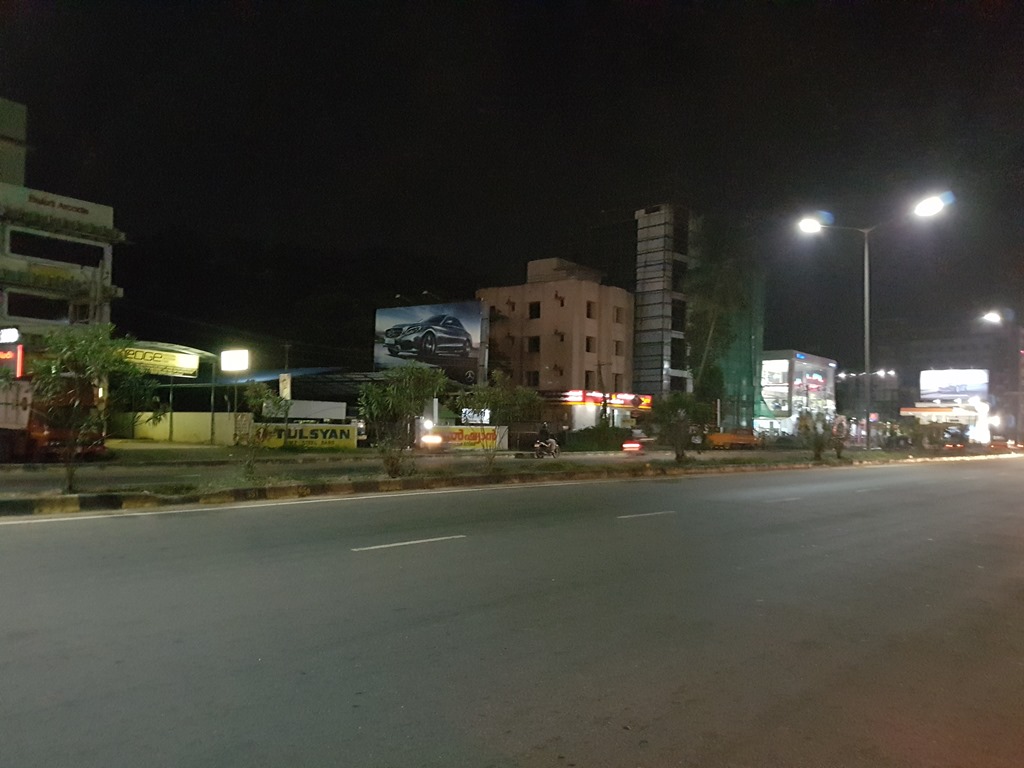
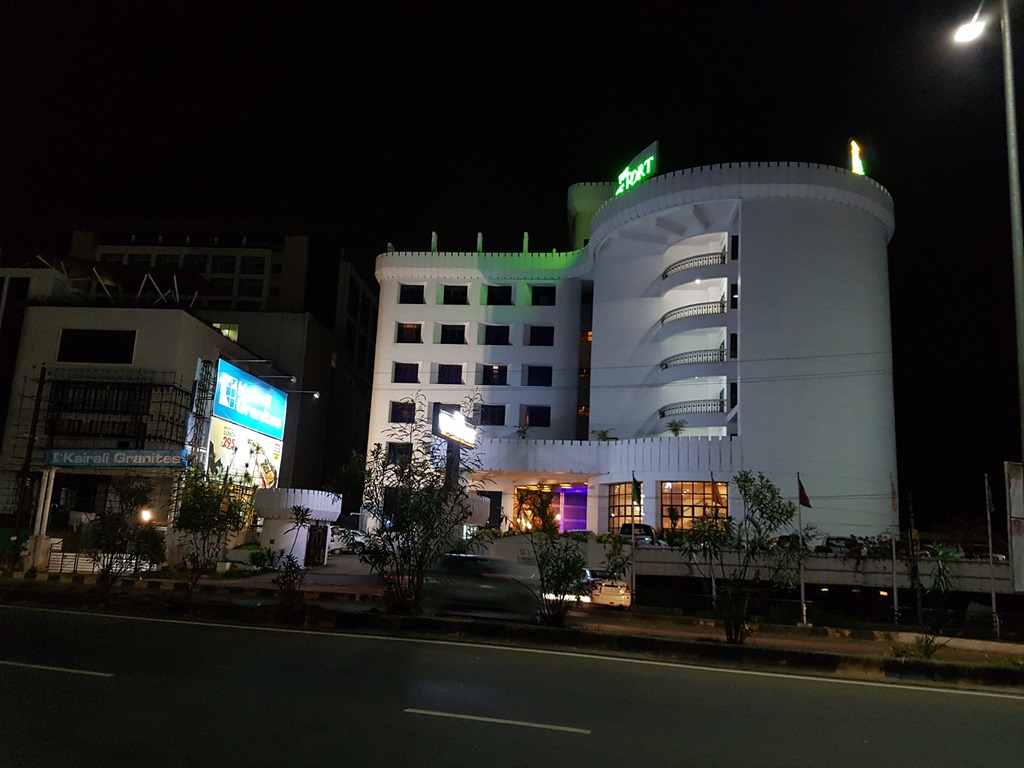

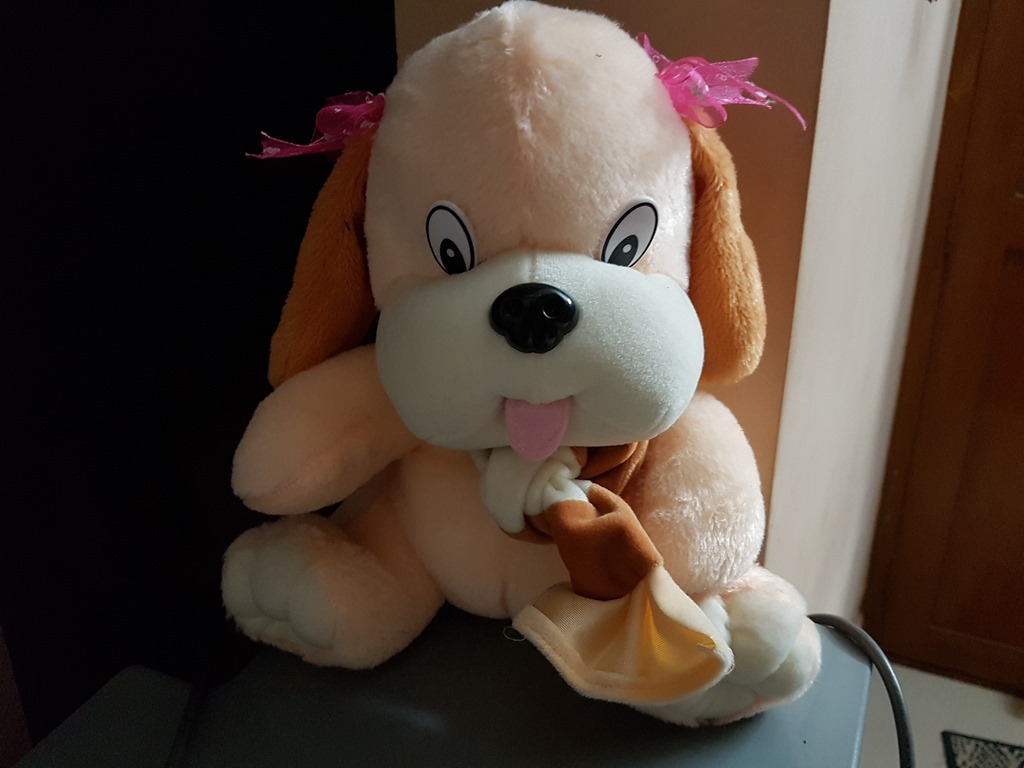
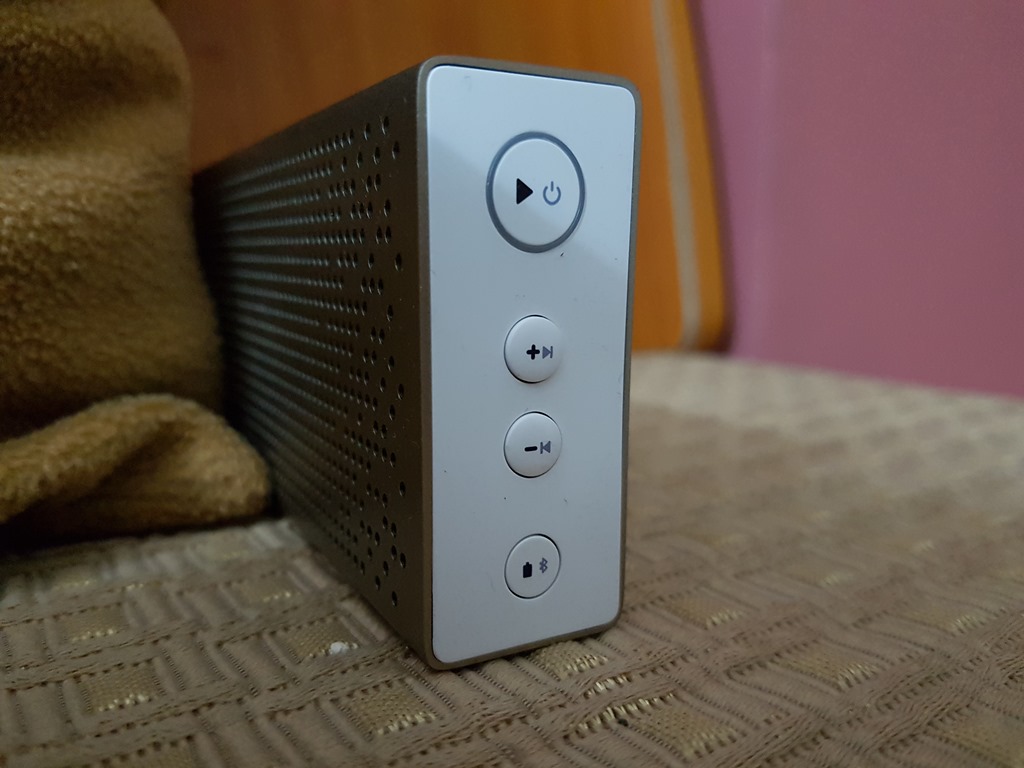
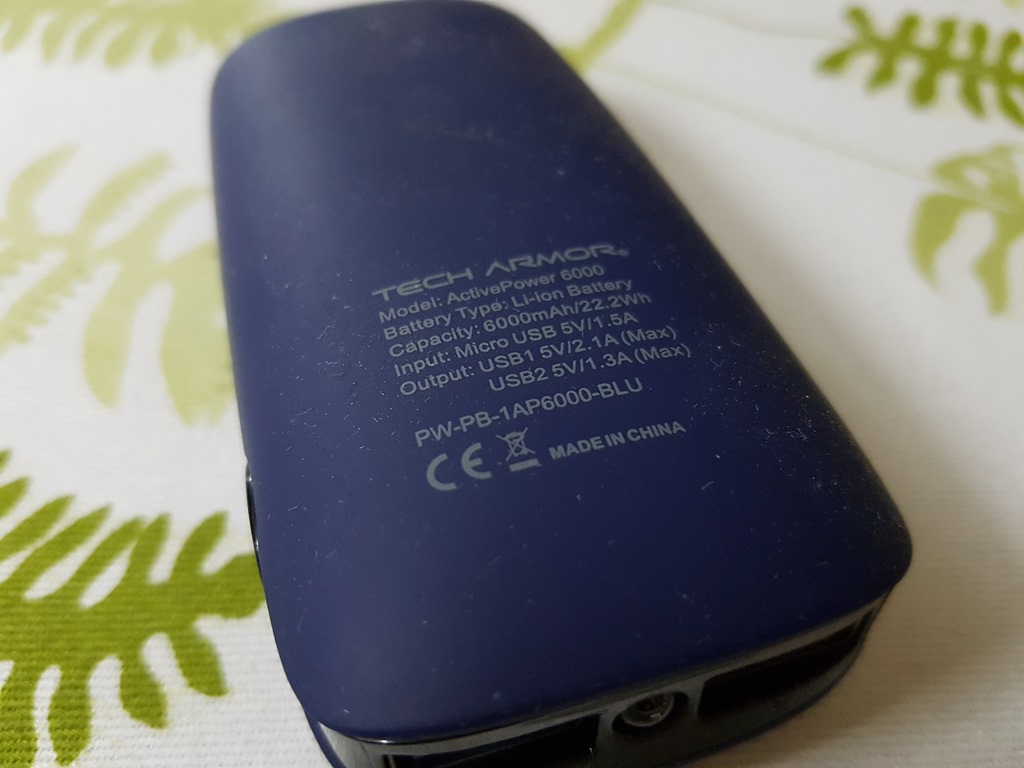
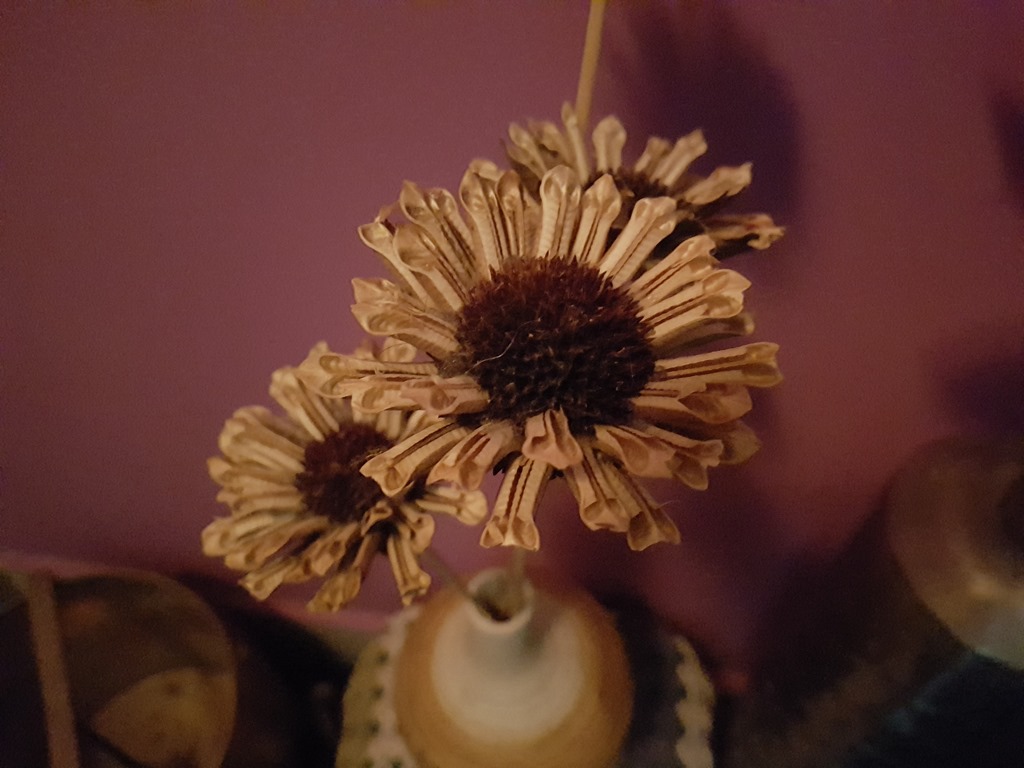
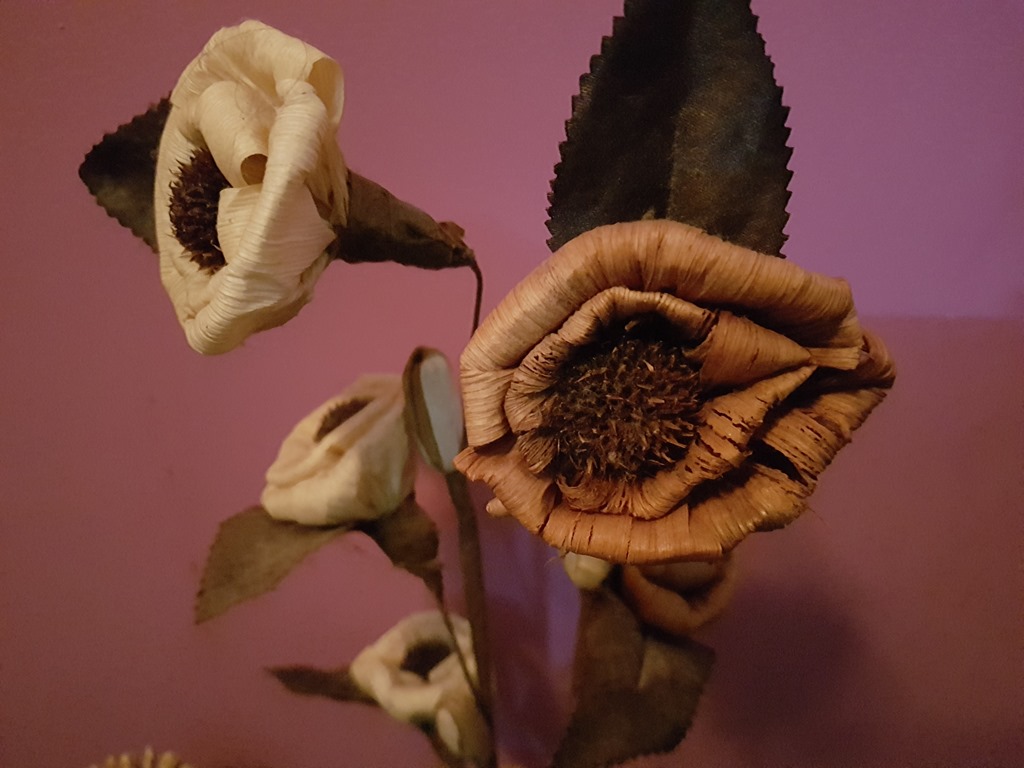

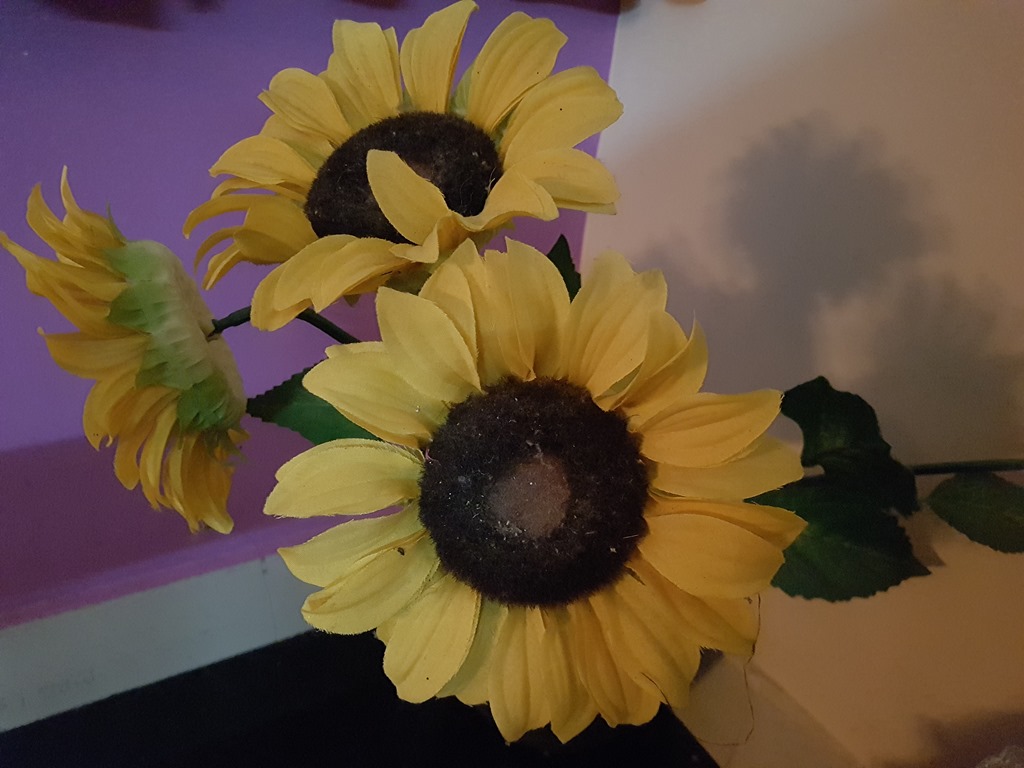
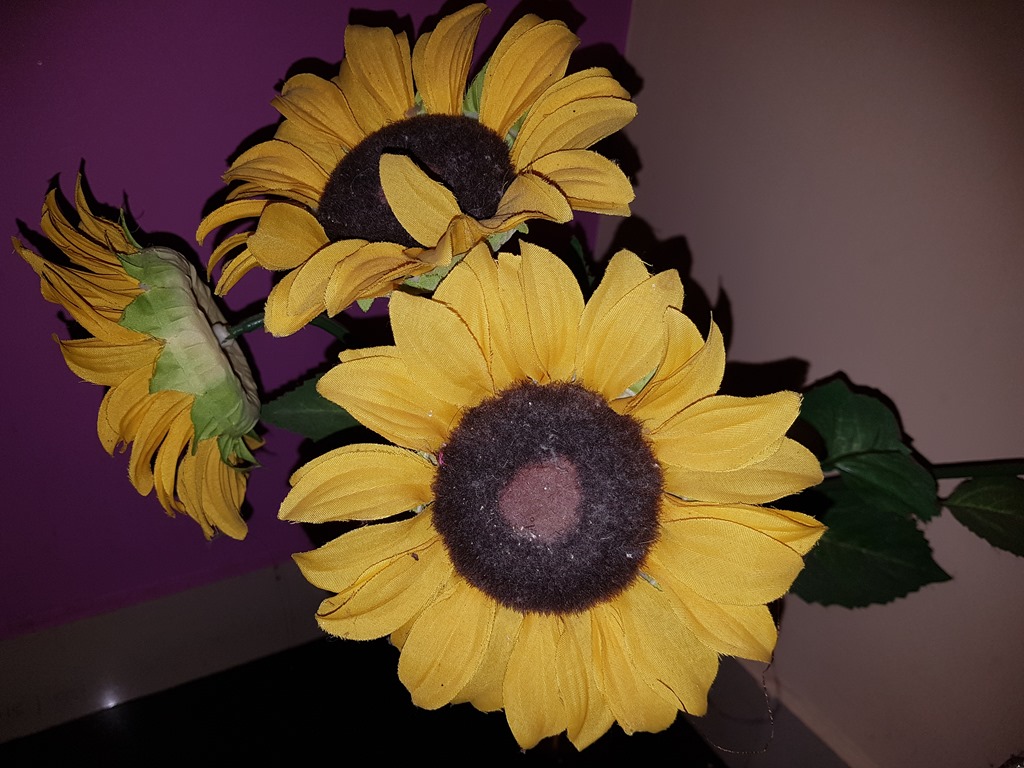
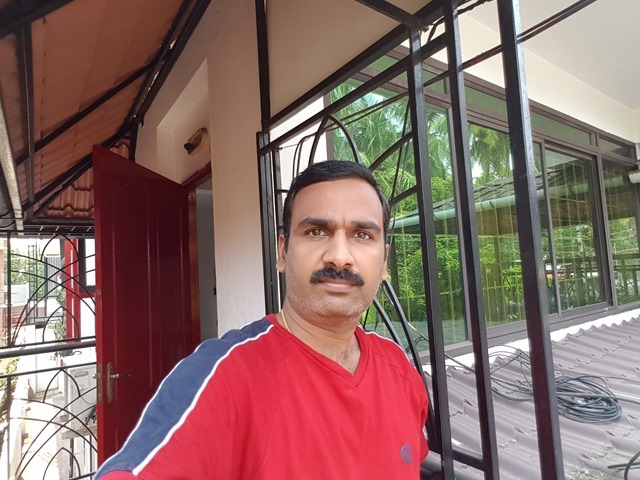
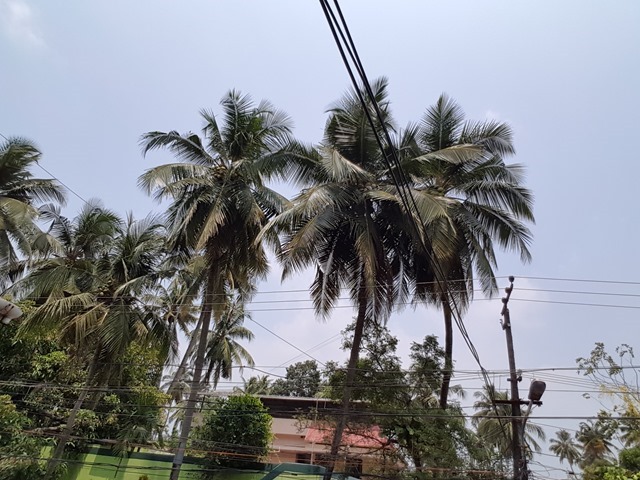
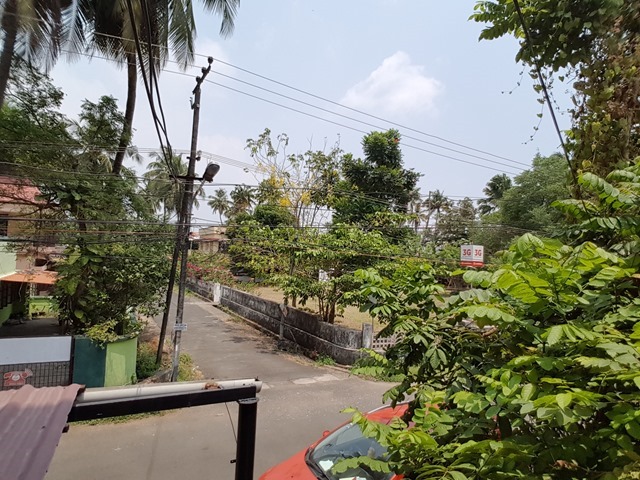
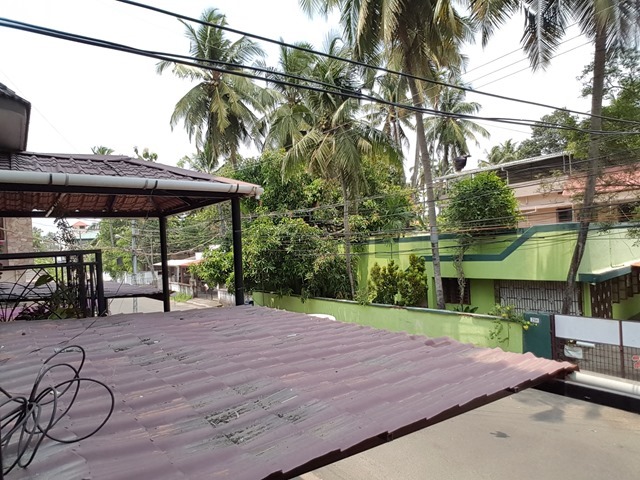
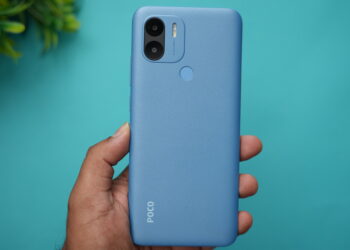

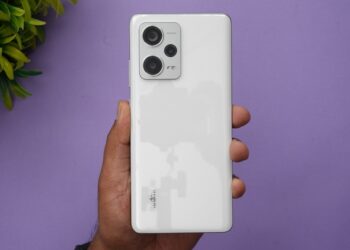
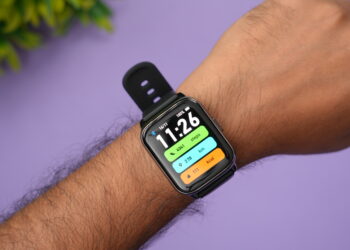
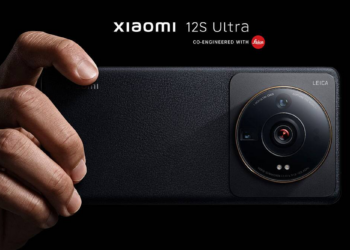

Pease do provide original camera photo samples with 100% crop if possible bcoz now a days ppl hv become smart. u are working so hard still u r not getting enough page views thats the reason…now work smartly?.